5 Different Types of Ants: Knowing Their Differences Makes a Difference
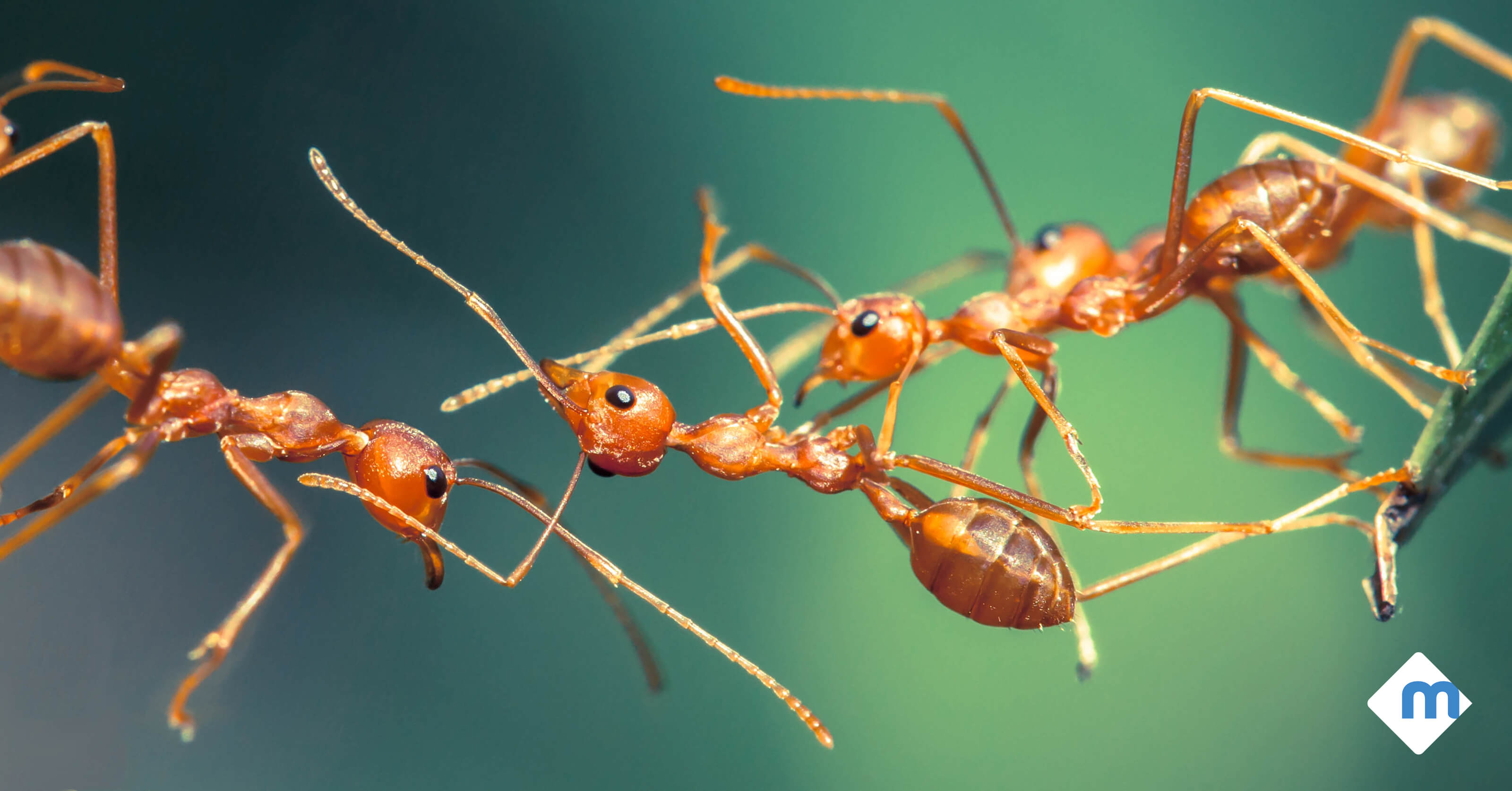
Did you know that all the ants in the world weigh about as much as all the people in the world? Think about it. In order for that to be the case, ants need to outnumber humans by an insane amount—which they do.
In fact, ants are one of the most common insects on earth. What you might not know, however, is that ants are not all the same. In fact, there are more than 12,000 different species of ants around the world. Although similar in many ways, each species has their own unique habits and preferences.
The differences between ants mean that not all treatments are created equal. To effectively control ants, the products used on them must match their food preferences and take into account their behavioral patterns. Additionally, different ants require different preventative measures. So to help you prevent (and fight) them, here is a quick crash course on five common types of ants in the United States.
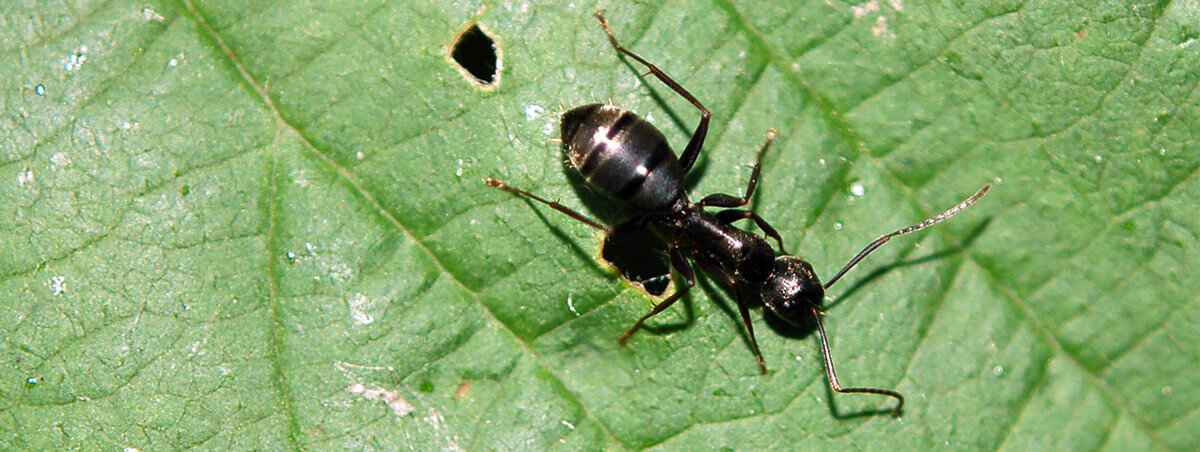
5 Common Types of Ants
- Argentine Ants
- Pavement Ants
- Thief Ants
- Odorous House Ants
- Fire Ants
1. Argentine Ants
These little guys are the most common ants in the southwestern United States. They are dark brown and usually between an eighth to a fourth of an inch long. Luckily for all of you living here, they don’t bite or sting. But they do have a pretty surprising survival mechanism. Argentine ant colonies team up with those around them to form supercolonies.
If that sounds bad, that’s because it is. Ants in these supercolonies can share resources amongst each other, meaning that in times of famine these hoarders can out-compete other creatures for resources. So yeah, they’re a threat to the survival of other animals. Not surprisingly, supercolonies make Argentine ants extremely difficult to get rid of. There’s actually a supercolony extending up the entire west coast of North America.
That’s right, up the entire continent.
Now, if Argentine ants are invading your home, the situation is not hopeless. Our services reliably deter their presence on your property, but their adaptability and resilience allow them to bounce back pretty quickly after a pest barrier stops being maintained. The best way to keep Argentine ants out of your home long term is to keep up with your regular pest control services.
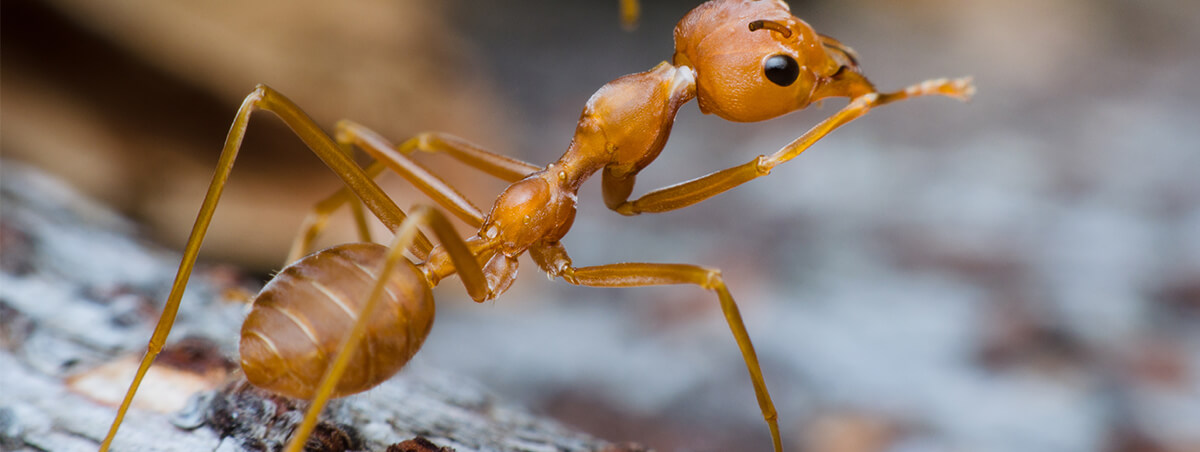
2. Pavement Ants
Pavement ants are all over the map…both literally and figuratively. These eighth-inch long, brown or black ants pop up throughout the United States and love to feed on both sugar and grease. Where do you often find these ants? You guessed it: around or underneath gravel and pavement. They actually mine the sand from pavement and because of this are sometimes called mason ants.
Unfortunately, pavement ants are harder to prevent…and they sting. They also have multiple queens, making colonies adaptable and flexible. Professional treatments use sprays, sugar baits, and protein baits to combat colony growth. Regular pest maintenance services offer by far the most effective method of control against these suckers.

3. Thief Ants
The thief ants’ namesake is from their propensity to nest in or around other ant colonies and pillage them. Not only do they steal other ants’ food, but they also steal and eat their larvae. Yikes!
You’ll usually find thief ants throughout the eastern half of the United States. They are the smallest of the bunch listed here—worker ants are only about a sixteenth of an inch long. These tiny invaders are yellowish in color and love grease, fat, and protein. We typically use protein-based baits to treat these guys.
To prevent an infestation, get rid of potential food sources for ants by cleaning up spills and crumbs and wiping down all kitchen surfaces regularly. If you’ve already been infested, their small size, unfortunately, makes them difficult for you to track and treat on your own. Contact a pest professional to help you evict them.
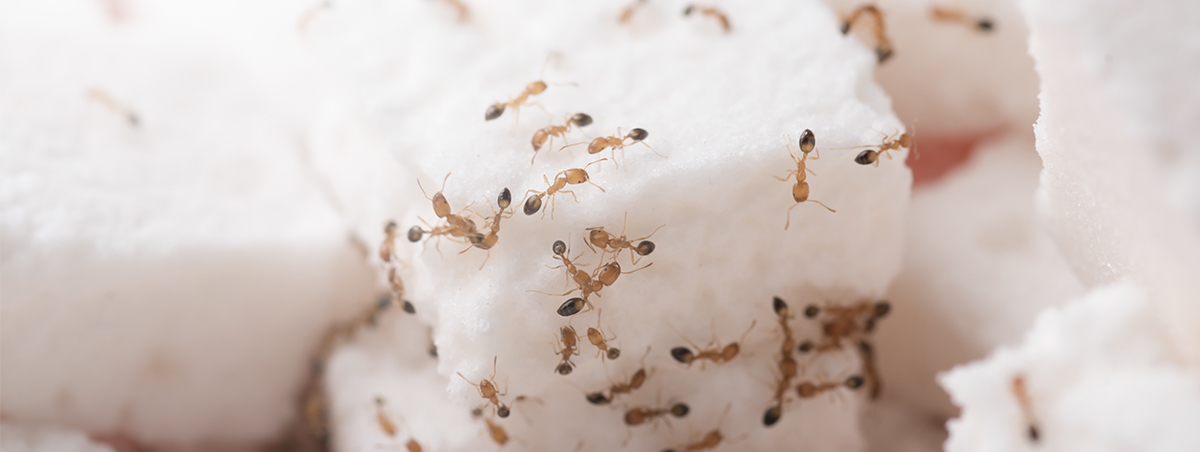
4. Odorous House Ants
These dark-brown ants can be found all over the country and usually measure a sixteenth to an eighth of an inch in length. They earned their not-at-all disgusting name by emitting a rotten coconut scent when crushed. Not very pleasant.
Odorous house ants commonly nest in exposed soil, or even better, inside cracks in your walls and floors. These squatters are particularly attracted to and sensitive to moisture. Be on high alert for them in the hotter months when they’re more likely to venture inside searching for precious water.
To prevent an infiltration, eliminate any standing water and as much exposed soil as possible from your property. Fix leaks immediately and unquestionably seal off wall voids near any pipes and heaters.
In addition to moisture, sugar is also a huge draw for odorous house ants. We highly suggest you keep both food and trash well contained both inside and outside. This includes clearing away fallen fruit in your yard very regularly. If you’re seeing ants come out of electrical sockets or out of your walls, contact a pest professional to treat these specialized areas. In addition to using sweet baits and quick-drying sprays, a field expert can treat inside the walls and voids themselves to give you great results.
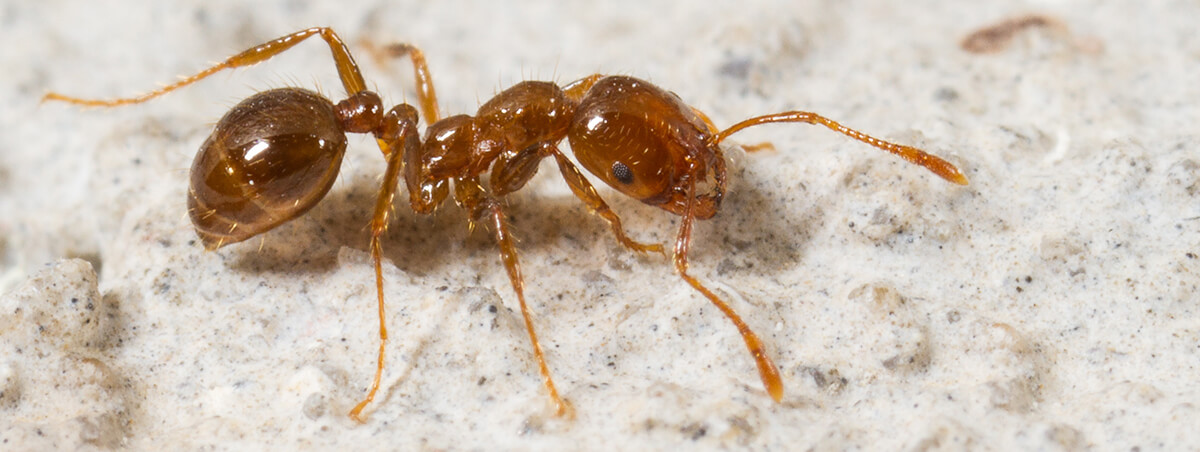
5. Fire Ants
Oh man, fire ants.
Perhaps the most frighteningly named of the bunch, fire ants are found mainly in the southern half of the nation. They are a dark red-brown and range anywhere from an eighth to a half-inch in size. Fire ants build distinct outdoor mounds using dirt they’ve excavated from their underground tunnels. If you think about it, their refusal to hide underground seems like an outright taunt.
Seriously, talk about arrogant!
If you see these mounds on your property, we strongly urge you to contact a professional pest service. Never disturb a mound—that could result in hundreds of painful stings, and allergic reactions can be deadly.
Fire ants are also annoyingly resilient and can rebuild mounds pretty quickly. Long-term maintenance treatment is honestly the best control. And really, who wants fire ants making a comeback in their yard?
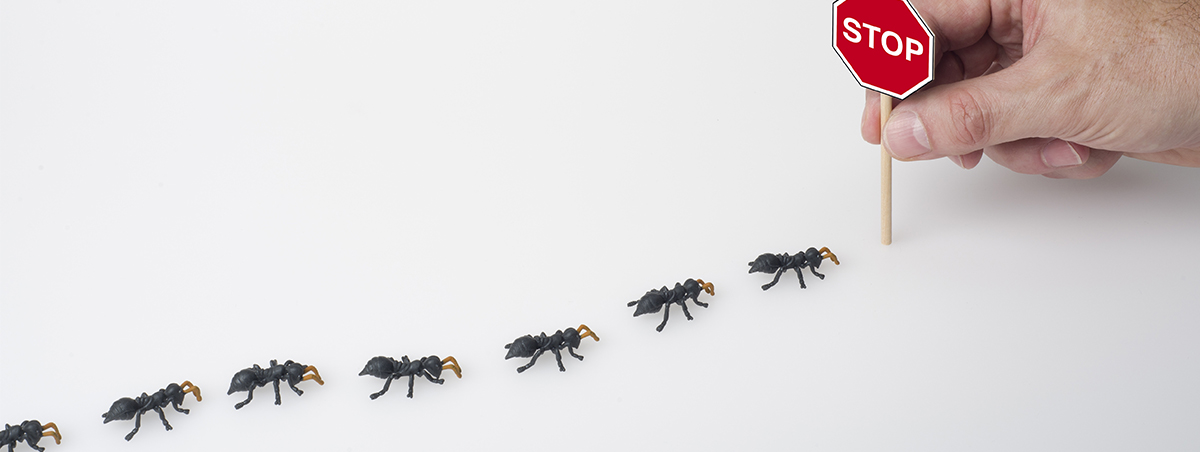
Let’s face it: ants are not fun to have around. They literally gang up against you to raid you and your home. Some types of ants even have the nerve to bite you as part of this invasion. If that’s not a personal attack, we don’t know what is.
You wouldn’t stand for that level of contempt from any larger animal, so don’t stand for it with ants either…fight back! It’s never too late to win the battle, so give us a call. Our professionals will help you identify the ants and customize a treatment plan to knock them out of your yard. With us working together as a team,they won’t stand a chance.

